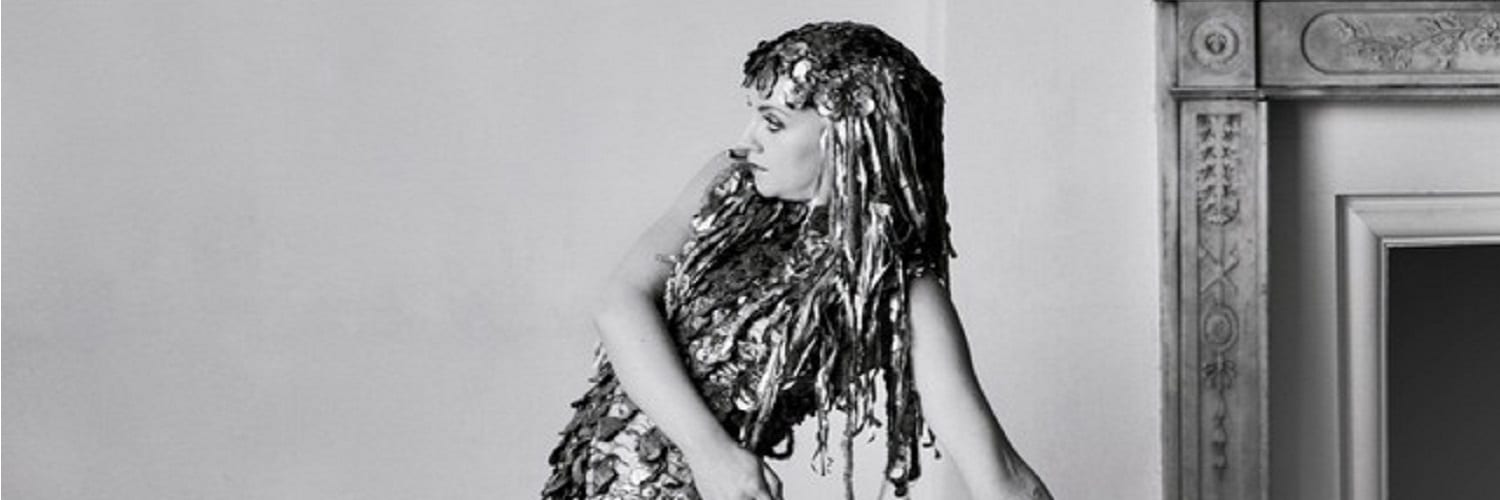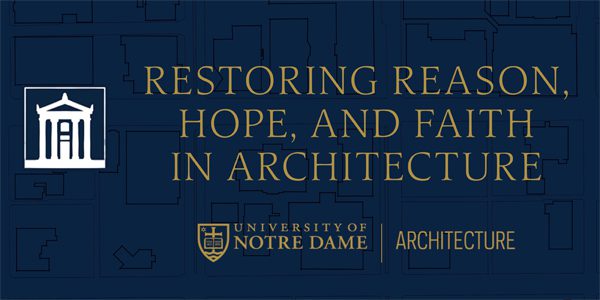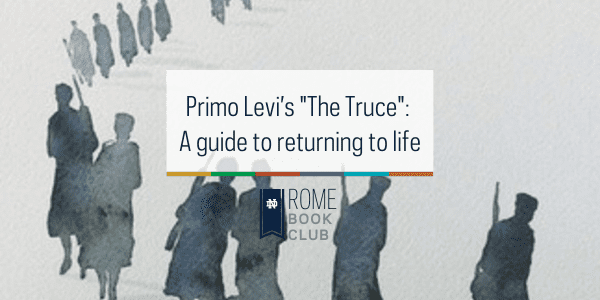Top 10 Learning Moments
- Though the mind and the body are often thought of separately, thought should be a physical experience in addition to a mental one.
- Artists need a creative outlet for their artistic energy. There are many examples throughout history of those who have struggled with mental health when this outlet was not available to them.
- In the 1920’s, artists didn’t have the language they needed to talk about mental health, especially female artists. This restricted their art and prevented them from having the freedom they needed to be creative.
- Those who are blind are often thought to have their other senses heightened and a deeper vision of the world.
- If one feels too comfortable in a space, its unique qualities are not seen. Seeing a place through a perspective of foreignness may help you to see its full beauty.
- The art produced by artists from a specific time period can depict the societal beliefs of the era.
- “I feel that the distrust of nature which morphed into a distrust of sexuality, happened because the people had trusted nature, they’d trusted the potato, and it let them down.” – Declan Kiberd
- Irish authors such as Joyce and Yeats contributed to the re-liberalization of the Irish society by using their writing to question the proliferation of Catholic beliefs and the repression of women.
- “The history of our art and culture is as important as now, our contemporary art and culture, to our identity and the way we see ourselves moving forward.” – Éimear O’Connor
- “Dance itself is also a language and it may be an even more direct, primeval, eloquent one than mere words.” – Declan Kiberd
Interested in learning more?
This series is hosted by ThinkND, the University of Notre Dame’s online learning community that connects you with videos, podcasts, articles, courses, and other resources to inspire minds and spark conversations on everything from faith and politics to science, technology, and your career.
Featured Speakers
Declan Kiberd, Emeritus Donald and Marilyn Keough Professor of Irish Studies and Professor of English and Irish Language and Literature
Deirdre Mulrooney, writer, filmmaker, radio documentarian, and dance historian
Evanna Lynch, actress, podcaster, and activist
Briona Ni Dhiarmada, Thomas J. & Kathleen M. O’Donnell Professor of Irish Studies and Concurrent Professor of Film, Television, and Theatre
Dr. O’Connor, HRHA, art historian, curator, lecturer, advisor, and archivist
Michael Keegan-Dolan, founder of Teaċ Daṁsa
The Song of Wandering Aengus
Inspired by the aisling tradition in Irish poetry, “The Song of Wandering Aengus” by W.B. Yeats provides an exploration of the creative process as the unconscious is set free and manifests itself through art.
Ulysses by James Joyce
In Leopold Bloom’s empathetic musings, Joyce imagines how the world must be renegotiated by the blind person.
“The history of our art and culture is as important as now, our contemporary art and culture, to our identity and the way we see ourselves moving forward.”
– Éimear O’Connor





